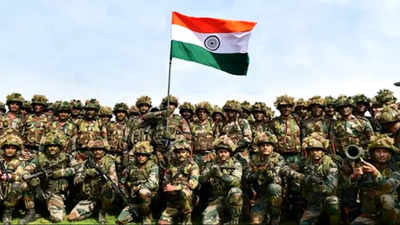Introduction to Project Sanjay
The Indian Army is one of the largest and most respected military forces in the world. It has a glorious history of valour and sacrifice, and a proud tradition of excellence and professionalism. However, the Army also faces many challenges and threats in the 21st century, such as terrorism, border disputes, cyber warfare, nuclear proliferation and climate change. To overcome these challenges and threats, the Army needs to constantly upgrade its capabilities and readiness for any scenario or contingency. That is why the Army has embarked on a ambitious project called Project Sanjay, which aims to create a state-of-the-art battlefield surveillance system that will provide a comprehensive and integrated operational picture for commanders and staff at all levels. This system will enable the Army to become a more agile, lethal, survivable, technology-driven and future-ready force for network-centric operations. In this article, we will explore the vision and mission of Project Sanjay, its features and benefits, its challenges and risks, and its implications for the future of warfare and the Indian Army.
What is Project Sanjay?
The Indian Army wants to become a more powerful and modern force that can deal with any kind of threat or challenge in the future. To do this, it has started a project called "Project Sanjay", which is about creating a system that can monitor and track everything that is happening on the battlefield. This system will use different kinds of sensors, such as satellites, drones, radars and soldiers, to collect and share information about the enemy's location, movement, strength and activities. This information will then be sent to a central place where commanders and staff can see it on a map or screen and make quick and smart decisions about how to fight the enemy. This system will also help the Army to coordinate with other forces, such as the Air Force and the Navy, and use their weapons and resources more effectively. For example, if the system detects an enemy tank or bunker, it can tell the artillery or the air force to destroy it with precision. This way, the Army can have an advantage over the enemy and win the battle more easily.
Some examples of how this system can help the Army are:
- It can help the Army to detect and prevent infiltration or cross-border attacks by terrorists or enemy soldiers.
- It can help the Army to defend its borders and territory from any aggression or invasion by hostile countries.
- It can help the Army to conduct surgical strikes or special operations against high-value targets or hideouts of terrorists or militants.
- It can help the Army to support friendly countries or allies in case of any conflict or crisis in their region.
- It can help the Army to deal with any natural disaster or humanitarian emergency that may affect its operations or people.
